Improving the health of our forests
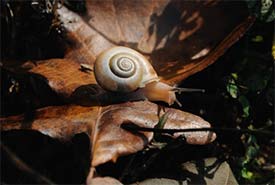
Snail on a leaf (Photo by bigwhites from Getty Images/Canva)
Spring is just around the corner, and it’s time for the maple trees to delight us with their delicious maple syrup. Canada’s emblematic tree is most deserving of our pride, yet, it could be in danger!
Of the 65 species of trees in Quebec, only a few are present in large numbers in our forests, while others are increasingly rare. This lack of diversity is a great weakness in the face of diseases, parasites and climate change, which can decimate our magnificent woods. Fortunately, there are solutions, and experts are already working on the issue. Staff at the Nature Conservancy of Canada (NCC) met with Christian Messier, professor of forest management and biodiversity as well as scientific director of ISFORT (Institut des sciences de la forêt tempérée), who spoke to us about the current situation and solutions for saving our forests.
More diversity, please!
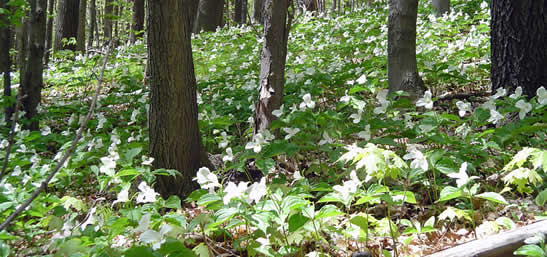
White trilliums, Happy Valley Forest, Ontario (Photo by NCC)
Some trees have a very practical use for people. For example, maple trees give us a reason to eat pancakes, while pines and spruces are ideal for building. Little by little, trees with characteristics that don’t suit us as much have been more or less thinned out of forests to make more room for the few species that we find useful. The development of roads, cities and fields have further contributed in isolating forests from each other, making the exchange of seeds or pollen impossible.
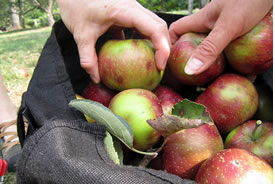
Apples (Photo by Not Far From the Tree)
Climate change makes diversity essential, otherwise a tree species could disappear entirely during a major drought or temperature increase.
Insects are significant pests, while diseases and fungi also do devastating damage. Every five to 10 years or so, an epidemic occurs for one or another of our tree species.
Saving the forest, one tree at a time
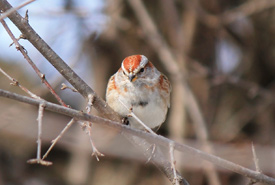
American tree sparrow (Photo by NCC)
"A beautiful forest is like a beautiful melody: we need variety of notes to create a harmonious whole, just as we need variety in tree species to have a healthy environment, “said Christian.
There is no risk of a disease destroying an entire forest if it only attacks a certain type of tree within it. While it's a pity if the disease attacks a maple tree that we want to tap in the spring, but at least all of the other trees will ensure the forest — and its many benefits — survives.
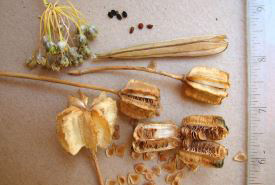
A collection of various seeds (Photo by NCC)
It is not a matter of planting hundreds of seeds in the forests; it is just a matter of connecting forests together. Nature is very well designed, and tree seeds can travel on their own! To enable them to travel further, we need to establish ecological corridors. These are natural paths that connect forests together, much like rivers connect lakes. They allow the seeds of the trees to spread and the forests to become more diversified, in a completely natural way.
(To learn more about ecological corridors, watch this video)
Not all forests need to be connected to each other, nor do they need to contain all of our 65 Quebec’s tree species! In fact, studies show that if 10 per cent of our forests were mixed in this way, it would be enough to ensure their diversity and health.
Studying our forests
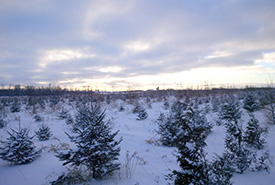
Young trees on Copernicus' reforested property, as seen on Jim's ski home from work (Photo courtesy of Copernicus)
ISFORT is conducting research to better understand our forests and find win-win solutions for both forestry producers and nature. Using models and simulations, researchers can study the response of certain forests and predict different scenarios over the next 100 years. This knowledge can allow us to react before it is too late.
There are many uncertainties on the horizon, between climate change and new pests, but there is still time, and it is up to us to act today to protect the future of our trees.
After all, our forests have served us well for thousands of years — why not return the favour?
Thank you to Christian Messier for his involvement, as well as to all our partners and donors.
NCC is involved in projects to keep our forests healthy. If you would like to help us, there are several options available. Find out about our various featured projects, contact us if you own a woodlot and would like to participate in the Ecological Corridors initiative, or make a donation, which will help us carry out our work to conserve our forests.




